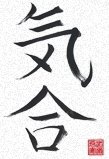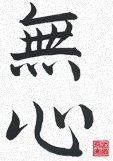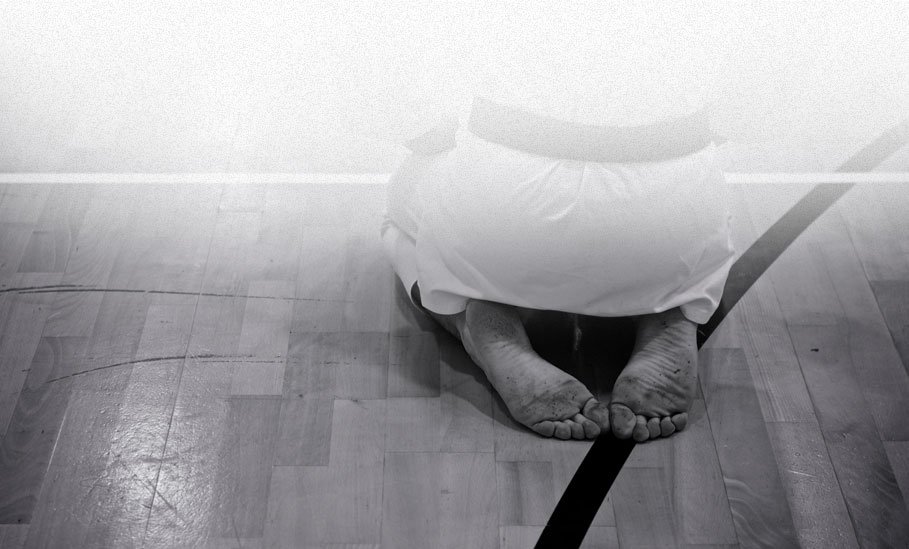(The place of the way)
(Training hall)
'Dojo' is a word used in Buddhism to describe the room where the young Buddhist monks would diligently study, in order to gain enlightenment
The purpose of Dojo-Kun is to remind all the students in the Dojo that, regardless of their rank, that the physical, mental and spiritual growth they enjoy as a bi-product of their Karate training must also extend beyond the Dojo walls.
In order to derive the true benefits of Karate-do, each student must take the underlying principals of this art and make them a regular part of their daily life. When you leave the Dojo, take the meaning of those words with you. For it is the everyday world outside that the true meaning of the Dojo-Kun is truly meant to be praticed.
The passage above is an extract from the Dojo-Kun section of the Student Handbook.
Please read for further understanding.
(One will seek perfection of character)
Hitotsu makato no o mamoru koto
(One will be loyal)
Hitotsu doryoku noseeishin o yashinau koto
(One will endeavour)
Hitotsu reigi o omonsoru koto
(One will respect others)
Hitotsu kekki no yu o imashimoru koto
(One will refrain from violent behaviour)


Below is an extract from the YSSKU UK Members Handbook & Grading Syllabus 2020.
(for complete information on Karate, Club and Dojo etiquette see your handbook)
All Karate-ka should avail themselves with a handbook which is available through Sensei Denis Casey (see Contacts page).
The handbook must be used alongside your dojo training and this website is to be used as an aid only and not instead of your dojo training.
When you hear the words "line up" or "in line", students should stand shoulder to shoulder facing the front of the Dojo, in rank order. Try to line up so that the instructor standing before your line is right in the middle of the line. If the class is so big, a senior student will request that you to make more than one line , try to line up so that the lines are approximately the same length.
"Seiza": Sit down in Seiza, so your knees are aligned with the person on your left.
"Mokuso": (Quiet meditation) just lower your gaze, relax and breathe.
"Mokuso yame": (End meditation).
"Shomen ni rei": (Bow to the front) this is to show respect for your training space, to the institution of Karate and to the line of instructors who brought it to your instructor.
"Sensei ni rei": Bow to the instructor. When you are bowing you can say "onegaishimas" which roughly translated means "please" (i.e. "please help me", "please show me", "please teach me" etc.). At the signal of the instructor, get up quickly, but wait for the person on your left to begin to rise.






